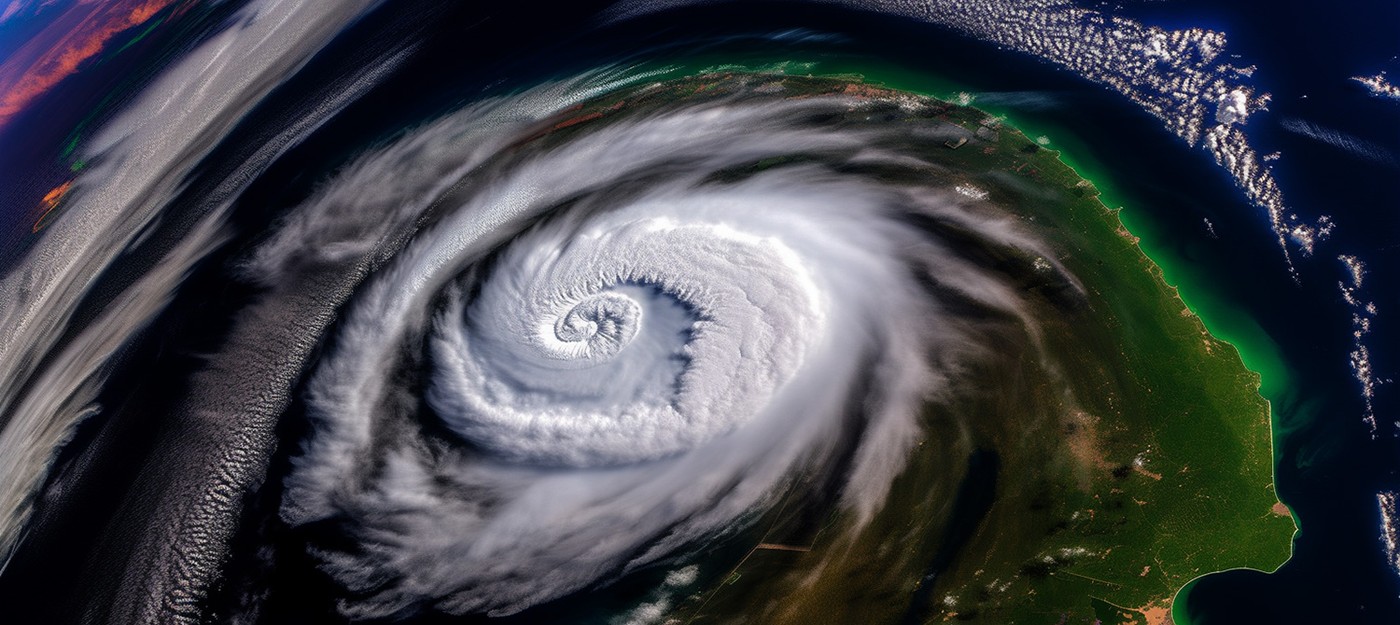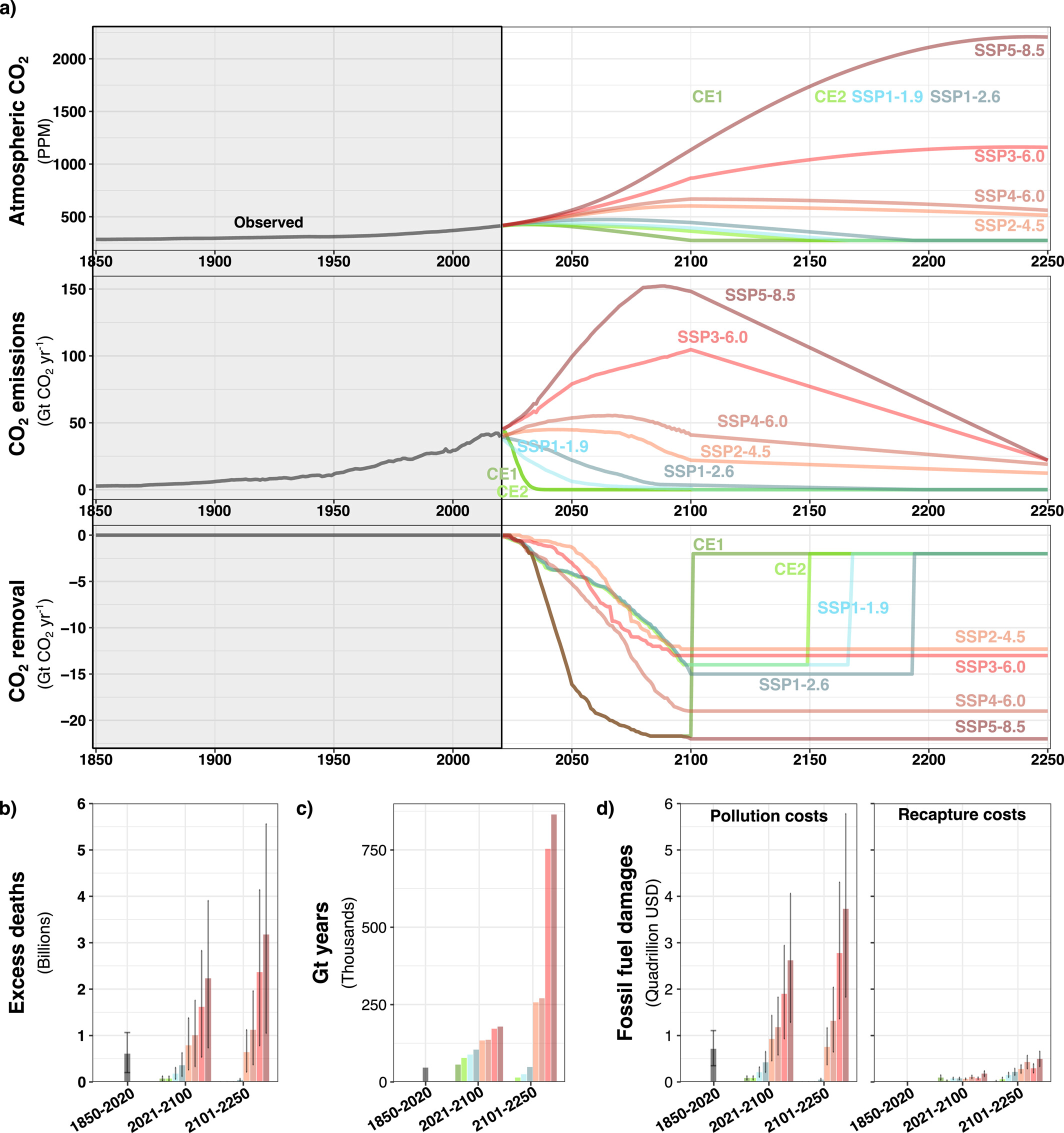Climatologists call for "Return to the Holocene" amidst renewable energy boom

Imagine a time when our planet was a cradle of stability, a period known as the Holocene era that lasted for a blissful 10,000 years. Now, envision a world where we could turn back the clock and reclaim that stability. As the grip of climate change tightens, climatologists around the globe are not just sounding the alarm but offering a beacon of hope. They urge us to shift our focus from merely weathering the storm to navigating our way back to the calm and balance of the Holocene.
The Shortcomings of the 1.5°C Goal
The 1.5°C limit, set as a benchmark for global warming, is now under scrutiny. Scientists have variously criticized it as being unrealistically ambitious, insufficient, or even arbitrary. While debates persist, there's a growing consensus that such a temperature rise presents monumental challenges for humanity and the environment. Consistent melting of ice sheets and potential sea level rises of up to 9 meters in the future paint a grim picture. Such changes threaten to displace millions, disrupt marine ecosystems, and have dire consequences on global ocean circulation.
Moreover, a significant danger lies in the possibility of overshooting the 1.5°C target before attempting to recapture carbon. This could exacerbate the climate crisis and make the path to restoration even more challenging.

The Renewable Energy Revolution
On a brighter note, the renewable energy sector is witnessing a revolution. Solar and wind power, once seen as expensive alternatives, have seen their costs plummet by 91% and 71% respectively since 2009. Moreover, technological advances in energy storage, particularly batteries, are keeping pace. Lithium-ion battery costs have reduced by an impressive 95% since 2009.
These developments mean that a comprehensive shift to renewables is more achievable than ever. Moreover, innovations are ensuring that the global economy can be electrified, paving the way for a sustainable future.
Financial Mechanisms and Policy Initiatives
The transition to renewable energy isn't just about technological prowess. It's also about creating the right financial and policy environment. Leading nations in renewable energy adoption have successfully combined financial mechanisms like grants and discounted financing to speed up the renewable transition. Such initiatives not only make renewable energy projects feasible but also economically attractive.
The socio-economic implications of this shift are staggering. Transitioning to a renewable economy could result in trillions of dollars in savings, especially when considering the human health co-benefits from reduced pollution and climate stabilization. Additionally, this transition promises massive job creation, potentially creating over 120 million jobs globally.
Strategic Planning and Environmental Considerations
As the world races to adopt renewables, strategic planning becomes essential. While renewables promise a brighter future, their implementation requires careful consideration to ensure minimal impact on both human communities and biodiversity. Proper siting of renewable infrastructure can mitigate a majority of potential negative impacts, ensuring a win-win for all.
The Need for Carbon Recapture
Despite the optimistic outlook on renewables, scientists emphasize that this alone won't suffice. The planet will still need negative emissions technologies to truly revert to Holocene conditions. To stimulate innovation in this sector, the creation of a global CO2 removal fund, potentially managed by renowned institutions like the World Bank, is proposed. This could jumpstart the carbon capture industry, accelerating the development and deployment of cost-effective solutions.
While the world stands at a critical juncture, the paper delivered by the climatologists offers both caution and hope. The challenges posed by climate change are formidable, but with a combination of technological innovation, strategic policy decisions, and global collaboration, a return to a Holocene-like climate isn't just a dream—it's a plausible future.